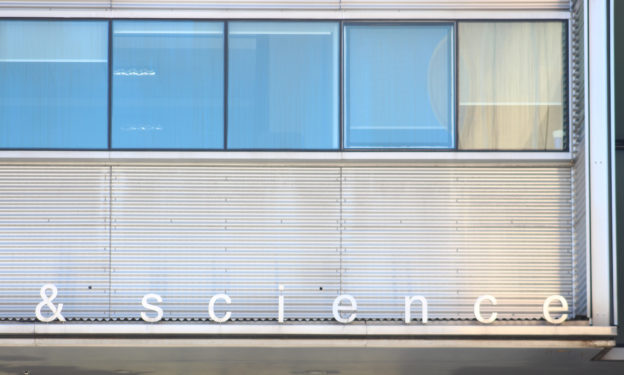Image: Mike Gifford, Flickr.
By Marie Orttenburger
SACRAMENTO – Science is integral to environmental reporting, but it’s also a source of the field’s biggest dilemmas.
Science reporters often find themselves crafting imperfect metaphors, navigating complex findings, trying not to overwhelm the reader with data. And they’re doing all of that while struggling to understand the science themselves.
The “EJ Reporting: Don’t Forget the Science” panel at the Society of Environmental Journalist’s recent 26th annual conference tackled this challenge. The discussion, featuring science reporters Sarah Zielinski, Dan Fagin, Janet Raloff and Christopher Joyce, opened with some reassurance.
“Don’t worry if you don’t understand the paper,” said Janet Raloff, editor of Science News for Students.
Scientists aren’t always the clearest communicators, she said. “It doesn’t mean the data’s bad; it just means these guys need a journalist to help them communicate to the world.”
So journalists weed through clumsy jargon, pester scientists with what they worry are dumb questions and hopefully weave together a narrative that brings lofty science back down to earth.
Perhaps one of the most challenging aspects of reporting science is communicating uncertainty.
“A lot of time, in the field of environmental health, science doesn’t have all the answers,” said Vivi Siegel, associate director for communications at Centers for Disease Control and Prevention. She cited how difficult it is to connect exposure to environmental toxins with disease.
“How can we work with journalists to express that uncertainty, when people are always looking for certainty?” she asked.
Raloff suggested that the onus is on journalists not to give readers the false sense that something is black and white, true or false.
“It is our job as journalists, generally, to cultivate uncertainty,” Raloff said.
That can be frustrating. Underlining the cloudy areas of a study, or the potential for it to be flat-out wrong, doesn’t make for a sexy story. Readers don’t like it. Neither do editors.
“Too bad,” Raloff said. “That’s what the world is like.”
Panelist Sarah Zielinski, managing editor of Science News for Students, agreed that providing space for uncertainty is important. And it’s necessary to build reader trust.
“There are a lot of people who are distrustful of science and environmentalism,” Zielinski said. “It’s part because we say things are certain when they’re not.”
Whole sections of scientific articles outline why a study’s results may not be true, she said. “Those sections are not to be skipped.”
Raloff agreed: “We do everybody a disservice . . . when we go and leave out the caveats that point out that something is not unambiguously true or false.”
Editor’s note: Knight Center graduate student Marie Orttenburger attended the recent national conference of the Society of Environmental Journalists. This is her latest report.



